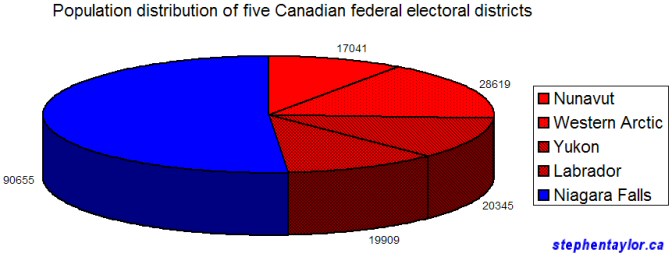Joseph Handley, who is still listed on the CBC website as a member of that crown corporation’s board of directors was named today as Michael Ignatieff’s newest candidate for the next election.
Handley was also a former cabinet minister in the Northwest Territories.
The embarrassing thing? This Conservative government appointed him to the Ceeb’s board, a board whose bias against Conservatives I’ve written about in the past.
That’s the same CBC that took a shot against the Prime Minister for partisan patronage “hypocrisy” during the last election.
To my friends over at Canadian Heritage and PMO: you get a free pass on the partisanship of your next “patronage” appointment at the CBC to replace Handley. Nobody who has a serious voice will blame you for it. And frankly, it’s time to make more partisan appointments to the public service. Yes, today we also learned that Iggy was courting former Clerk Himmelfarb to be his Chief of Staff.
Some would argue that Prime Minister Harper should stay away from politicizing the bureaucracy and making the civil service more “partisan”. Those people would be the same that don’t differentiate between “Liberal” and “non-partisan status quo”. Indeed, a change can only be made to the right. Conservatives, your opponents will either criticize you or undermine you — critics are more easily identified and deflected.
